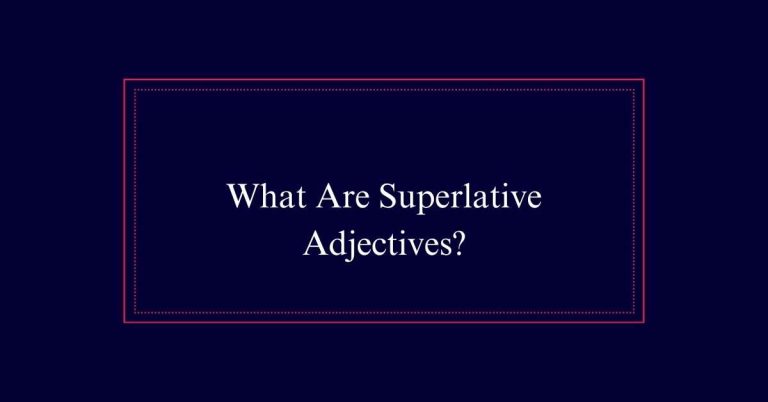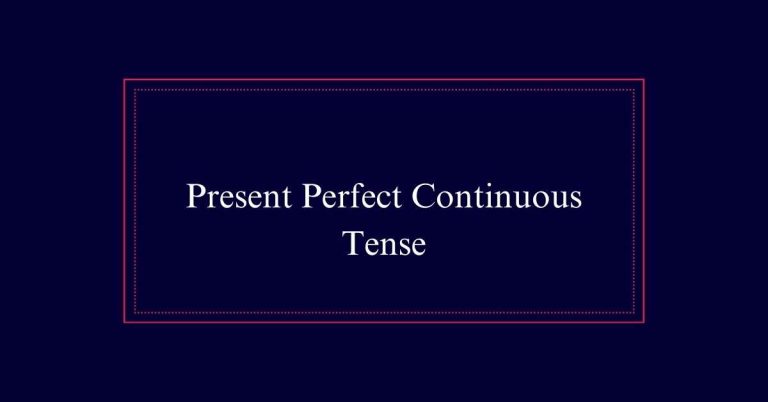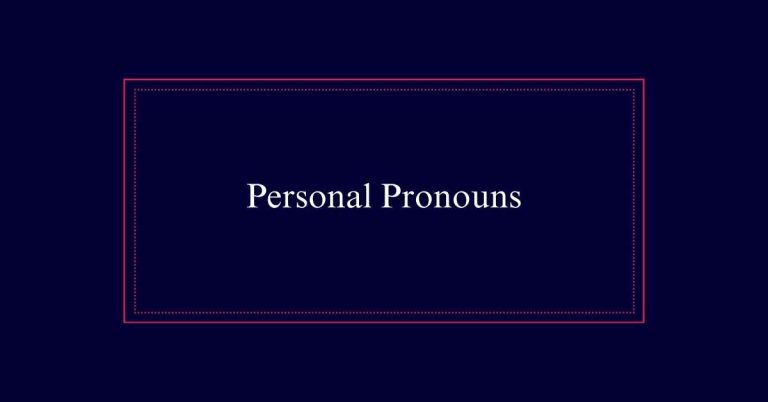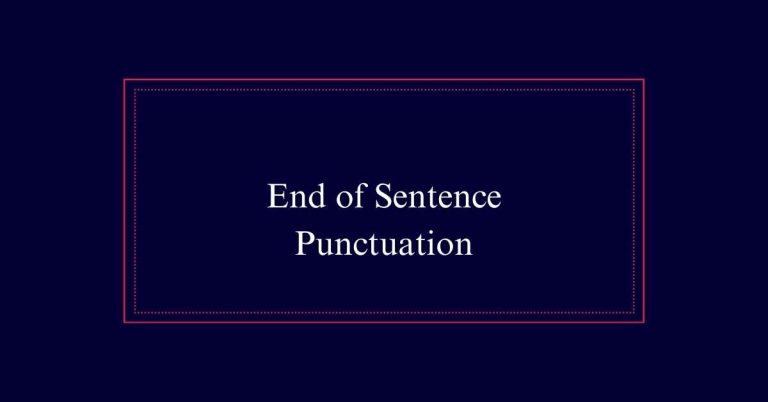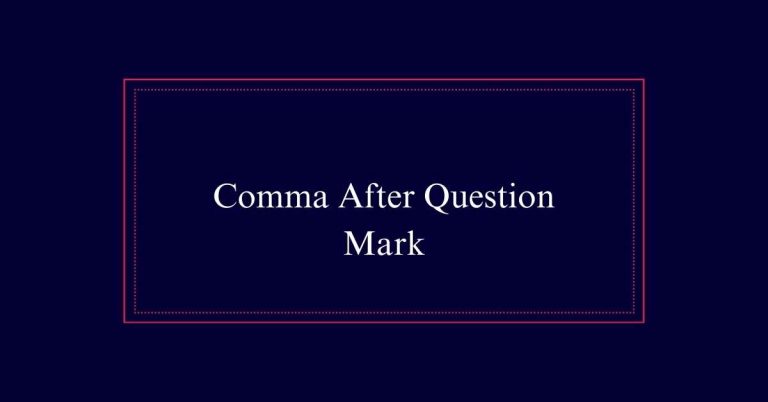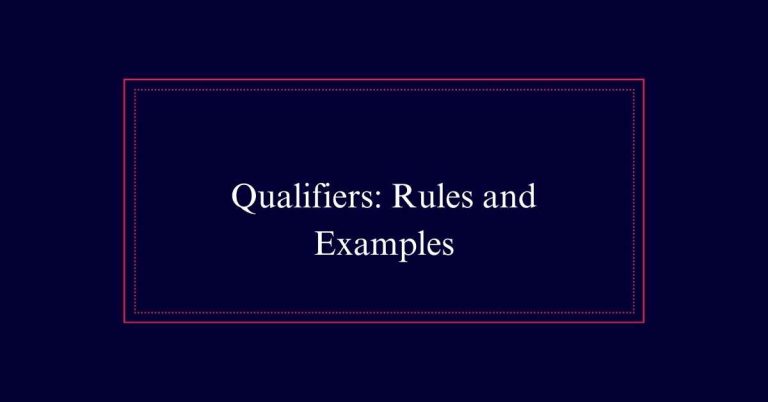Past Continuous Tense
The past continuous tense describes actions that were ongoing in the past. It is formed with ‘was’ or ‘were’ followed by the verb’s -ing form. Use ‘was’ for singular subjects and ‘were’ for plural subjects. This tense sets the scene in storytelling and emphasizes the duration of past activities. For example: “She was reading a book when the phone rang.” It also shows actions interrupted by another event.
Understanding Past Continuous
Understanding the past continuous tense often begins with recognizing its function in describing actions that were ongoing in the past. It highlights activities that started and continued for a duration in the past.
For example, ‘She was working’ suggests that her work was in progress at a certain point in the past. This tense is useful for setting the background in stories, giving context to actions that were interrupted by another event.
For instance, ‘They were playing when it started to rain.’ The past continuous also helps in emphasizing the duration of past actions and is often paired with the simple past tense to show interruptions or simultaneous activities.
Avoid using it with stative verbs like ‘know’ or ‘believe.’
Structure of Past Continuous
The structure of the past continuous tense involves the auxiliary verbs ‘was’ or ‘were’ followed by the present participle of the main verb. ‘Was’ is used with singular subjects like ‘I,’ ‘he,’ ‘she,’ and ‘it.’ ‘Were’ is used with plural subjects like ‘we,’ ‘you,’ and ‘they.’
For example, ‘He was reading’ and ‘They were swimming.’ The present participle is the base form of the verb plus ‘-ing.’ This structure helps to form sentences that describe actions ongoing in the past.
Using ‘was’ or ‘were’ ensures that the action is set in the past, while the present participle shows the continuity of the action. This combination is essential for accurately conveying past continuous actions.
Ongoing Actions in the Past
Often, the past continuous tense is used to describe actions that were ongoing at a specific moment in the past. This tense helps paint a picture of what was happening at that time.
For example, ‘She was reading when the phone rang.’ The action of reading was ongoing when another event occurred. It gives context and helps set the scene.
Another example is, ‘They were having dinner at 8 PM.’ This indicates the action was in progress at that exact time. Using the past continuous can show what was happening around a specific event, providing a fuller understanding of the past scenario.
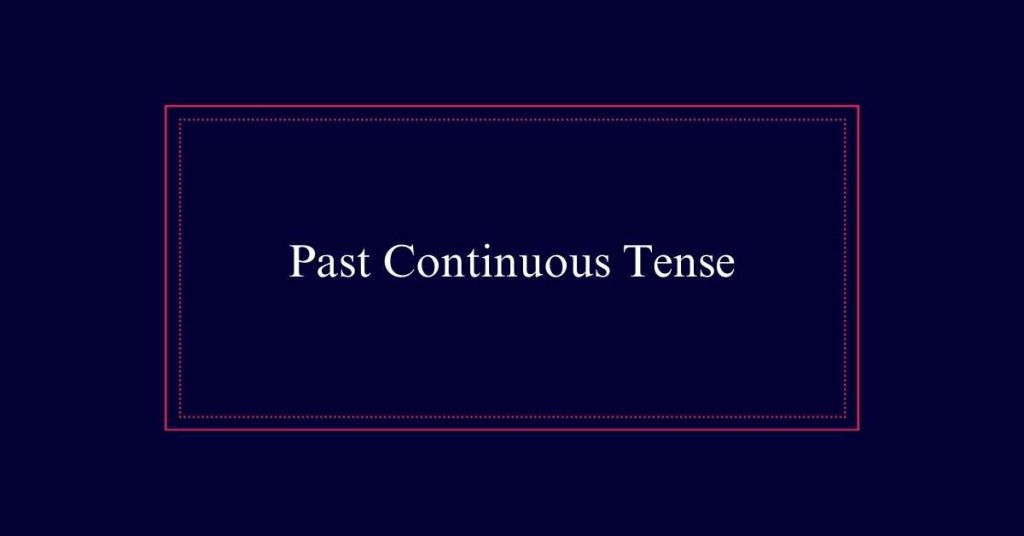
Duration Emphasis
In addition to describing ongoing actions, the past continuous tense also emphasizes the duration of activities that occurred in the past. This tense highlights how long an action lasted, rather than just stating that it happened.
For example, ‘She was reading all afternoon’ stresses that the reading was a lengthy activity. It provides a clearer picture of the time spent on the action. This is particularly useful when setting a scene or giving detailed background information.
Past Continuous With Simple Past
When combined with the simple past tense, the past continuous tense often describes an action that was interrupted by another event. For example, ‘She was reading a book when the phone rang.’ Here, ‘was reading’ is the ongoing action, and ‘the phone rang’ is the interrupting event.
This combination helps to show that one action (reading) was happening over a period of time and was suddenly stopped by another action (the phone ringing). This usage provides a clear sequence of events and helps to paint a vivid picture in the reader’s mind.
Story Background Setting
Using the past continuous tense is also effective for setting the background in a story. This tense helps to paint a vivid picture of what was happening at a specific time in the past.
For instance, ‘The sun was setting, and birds were chirping,’ provides a backdrop. It allows readers to imagine the scene more clearly. By using the past continuous, writers can describe ongoing activities that form the setting. It creates a sense of immersion and atmosphere.
Instead of focusing on single events, the past continuous highlights the environment and ongoing actions. This technique is essential for creating a rich, descriptive background that enhances the narrative.
Interrupted Actions
An interrupted action in the past continuous tense highlights an ongoing activity that is suddenly disrupted by another event. This structure uses the past continuous to describe the ongoing action, followed by the simple past to indicate the interruption.
For example, ‘She was reading when the phone rang.’ The phrase ‘was reading’ shows the continuous action, while ‘the phone rang’ marks the interruption.
This tense combination is useful for painting a vivid picture of events in a narrative. It helps to emphasize the timing and nature of disruptions.
When constructing such sentences, make sure the ongoing action is in the past continuous form, and the interrupting action is in the simple past form.
Stative Verbs to Avoid
Understanding interrupted actions in past continuous tense is crucial, but it’s also important to know which stative verbs to avoid using in this tense. Stative verbs describe states or conditions that are not actions.
Examples include ‘believe,’ ‘dislike,’ ‘hate,‘ ‘know,’ and ‘need.’ These verbs do not typically appear in the past continuous form because they describe situations that are static rather than ongoing.
Instead of saying, ‘I was knowing the answer,’ it is correct to say, ‘I knew the answer.’
Past Continuous Vs. Past Simple
Many learners struggle to differentiate between the past continuous and past simple tenses. The past continuous tense describes actions that were ongoing in the past, while the past simple tense indicates completed actions. For example, ‘She was reading’ (past continuous) emphasizes the duration of the action, whereas ‘She read’ (past simple) focuses on the action being finished.
Past continuous often provides background information or shows an interrupted action. For instance, ‘I was cooking when the phone rang.’ Here, cooking is the ongoing action interrupted by the phone ringing.
In contrast, past simple lists events in sequence: ‘I cooked dinner, then watched TV.’
Common Errors and Tips
While distinguishing between past continuous and past simple is important, learners often encounter common errors when using past continuous tense.
One common mistake is confusing past continuous with past simple. For instance, saying ‘I was read a book’ instead of ‘I was reading a book.’
Another error is incorrectly placing time expressions. ‘Yesterday at 5 PM, I was playing’ should be ‘I was playing at 5 PM yesterday.’
Avoid using past continuous for habitual actions; use simple past instead. Overusing past continuous when past simple is more appropriate can also be an issue.
Remember to add ‘was’ or ‘were’ before the present participle.
Lastly, be mindful not to use past continuous with stative verbs like ‘know’ or ‘believe.’

